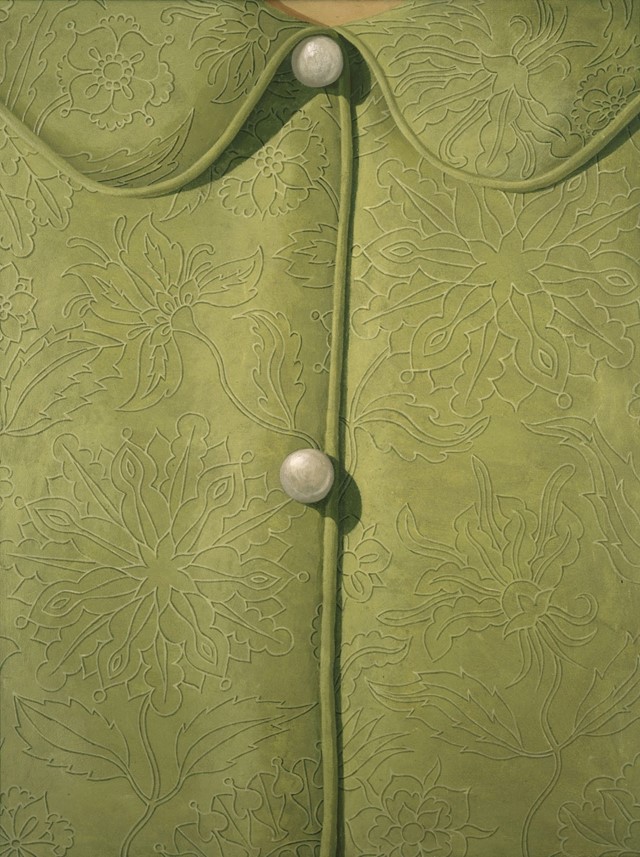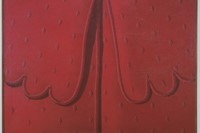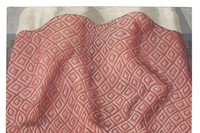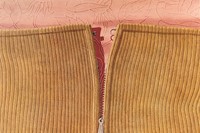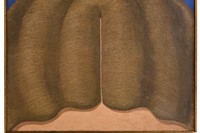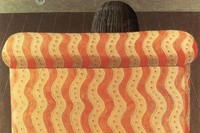Domenico Gnoli – the latest exhibition at Fondazione Prada in Milan – is a masterclass in the magic of obsessive detail
Miuccia Prada has always kept the Fondazione Prada strictly separate from her family’s namesake fashion brand – the only exception being when its Milan flagship gallery space plays host to the occasional Prada catwalk show. But Domenico Gnoli, the latest exhibition to be presented by the art foundation set up by Mrs Prada and her husband Patrizio Bertelli, is a first in a very discreet play between these two pillars – fashion and art. Gnoli is the latest instalment of an ongoing series at the Fondazione, dedicated to artists – such as Edward Keinholz, Leon Goulb and William Copley – whose practices diverged from the mainstream artistic trends of the late 20th century. And through this survey of his works produced between 1949 and 1969, his dual approaches are laid side-by-side: on one hand his career as an illustrator and set designer – sandy and earthen, his elaborate yet scratchy drawings of Medieval costumes and scenery were widely renowned (his sets decorated the stage of As You Like It at The Old Vic in 1955) – and on the other is his gleaming, pictorial work. Larger-than-life close-up paintings of bodies, furniture and clothing they boast mesmerising hyperreal detail – the edging on a scalloped collar, the weave of a herringbone sleeve or the play of light on a jacquard bedspread.
Much unlike the influential abstract movement that led conversation at the time, these later pictorial works were considerably overlooked until artist Robert Rauschenberg brought Pop Art conventions to the fore when he won the Golden Lion at the Venice Biennale in 1964. As Gnoli wrote in a letter the following year: “I have always worked [as a painter] as I do now, but it did not attract attention as it was abstraction’s moment. Only now, thanks to Pop Art, has my painting become comprehensible [...] I always employ simple, given elements, I don’t want either to add or take anything away. I have never even wanted to deform; I isolate and represent. My themes come from the world around me, familiar situations, everyday life; because I never actively mediate against the object, I experience the magic of its presence.”
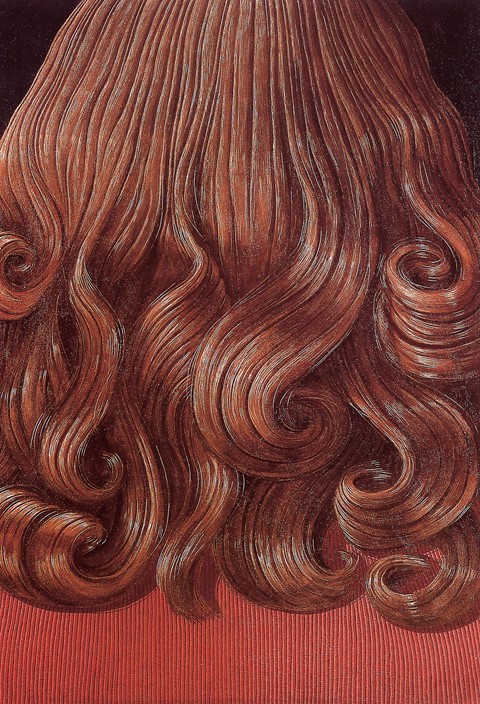
Magic they are. But truly representational? It's hard to agree. Their silky sensuality – a glossy waved parting, the spring of a brunette curl, the ribs on a swathe of silk – bounds off the canvas. And in detaching these details from their contexts, Gnoli accentuates both their vibrancy and their ubiquity, in an almost miraculous feat. But they also look at codes: of the bourgeoisie, of masculinity and femininity, of sensuality and domesticity. These codes come up again and again on the Prada runway too. As does the palette – lime jacquard, olive green velvet, fuzzy wool in durgy brown – which is almost preemptively quintessential Prada. Remarkably, I’m told by the Fondazione Prada’s Head of Programs, Chiara Costa, it’s Bertelli that has collected Gnoli for the couple's private collection, rather than his wife – but in their Belle-du-Jour beauty, and their obsessive meticulousness, one can’t help but draw these two typically polar worlds together.
Domenico Gnoli is on at Fondazione Prada until Feb 22, 2022.
